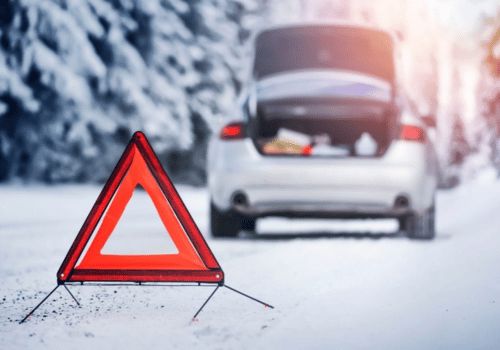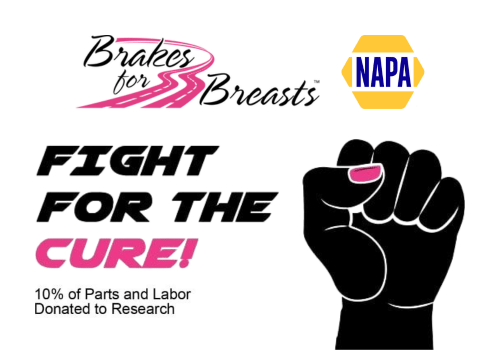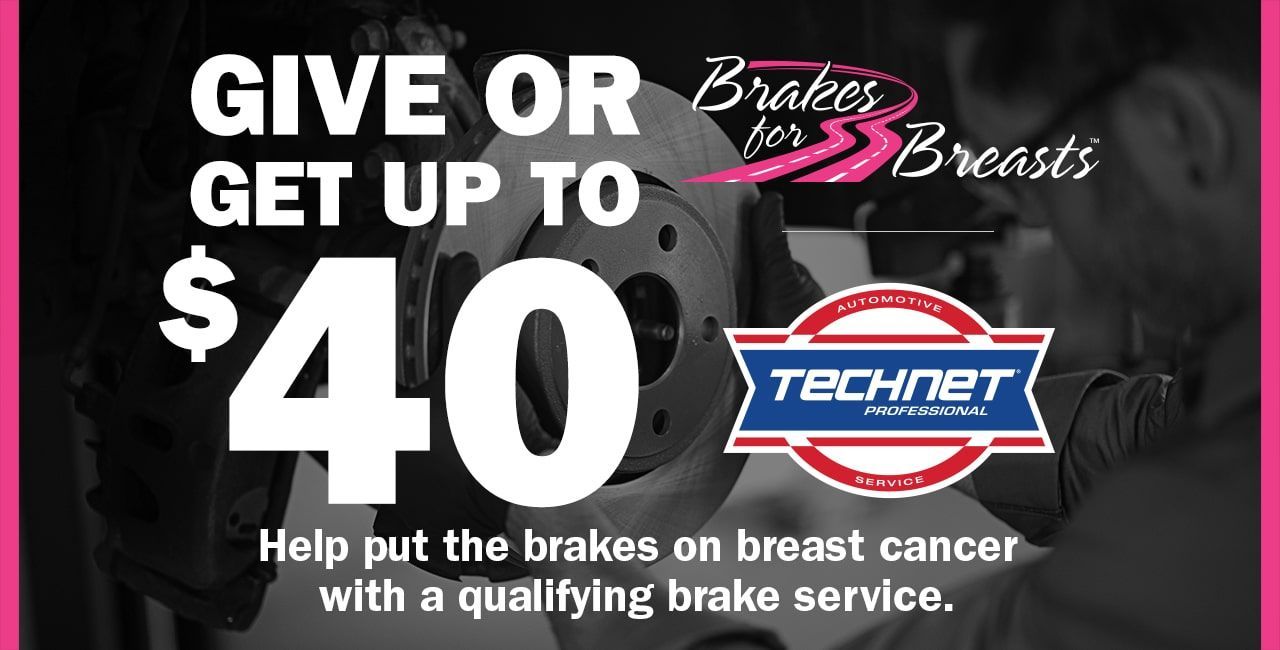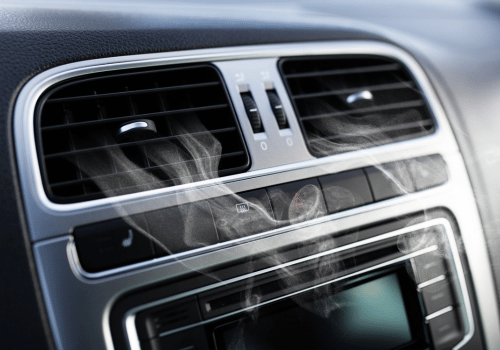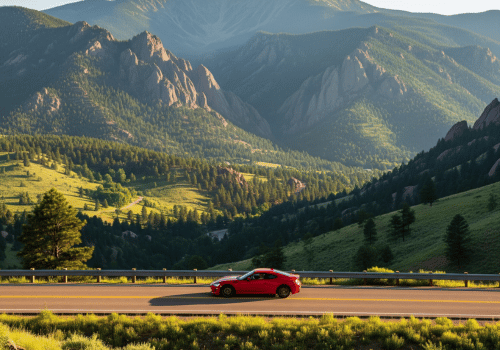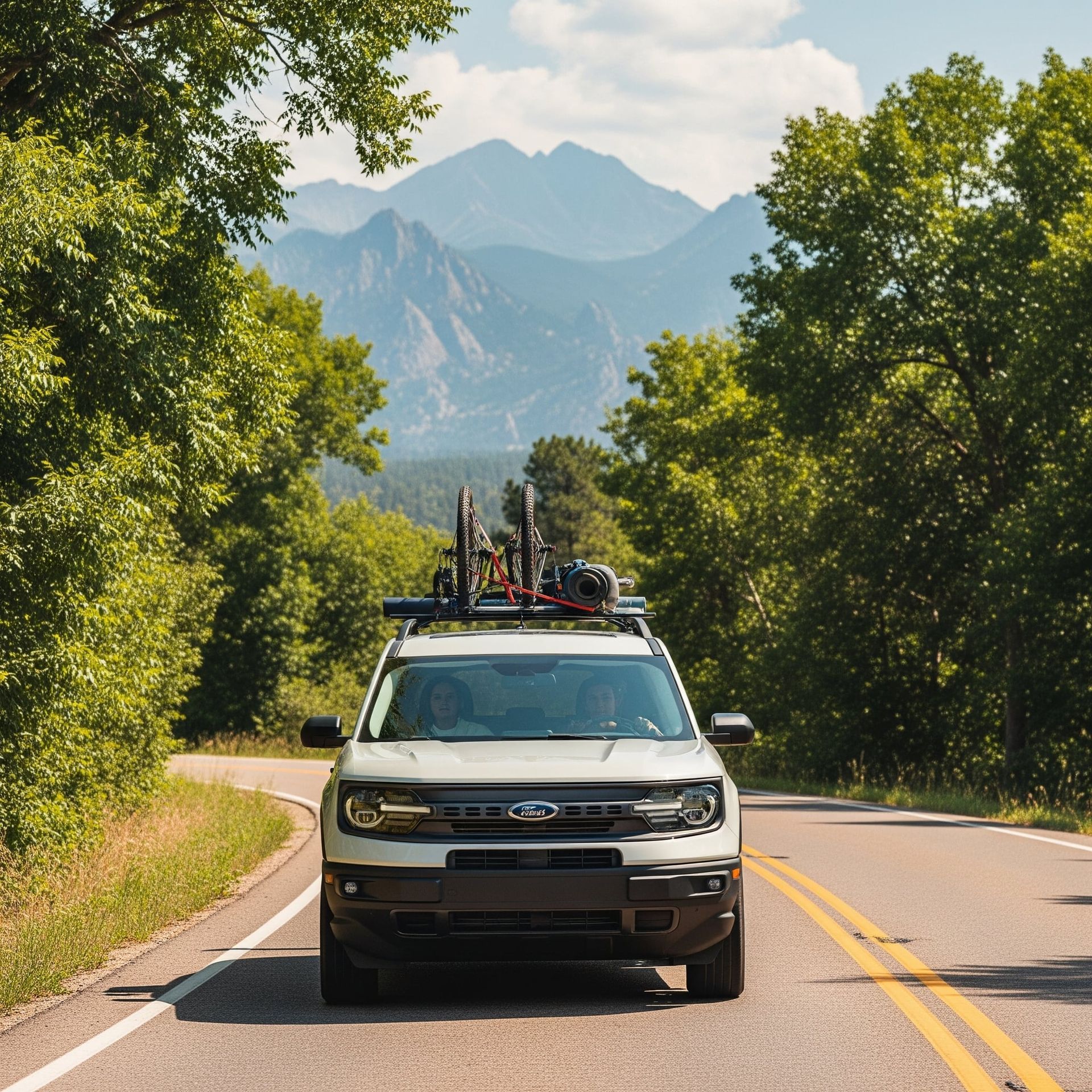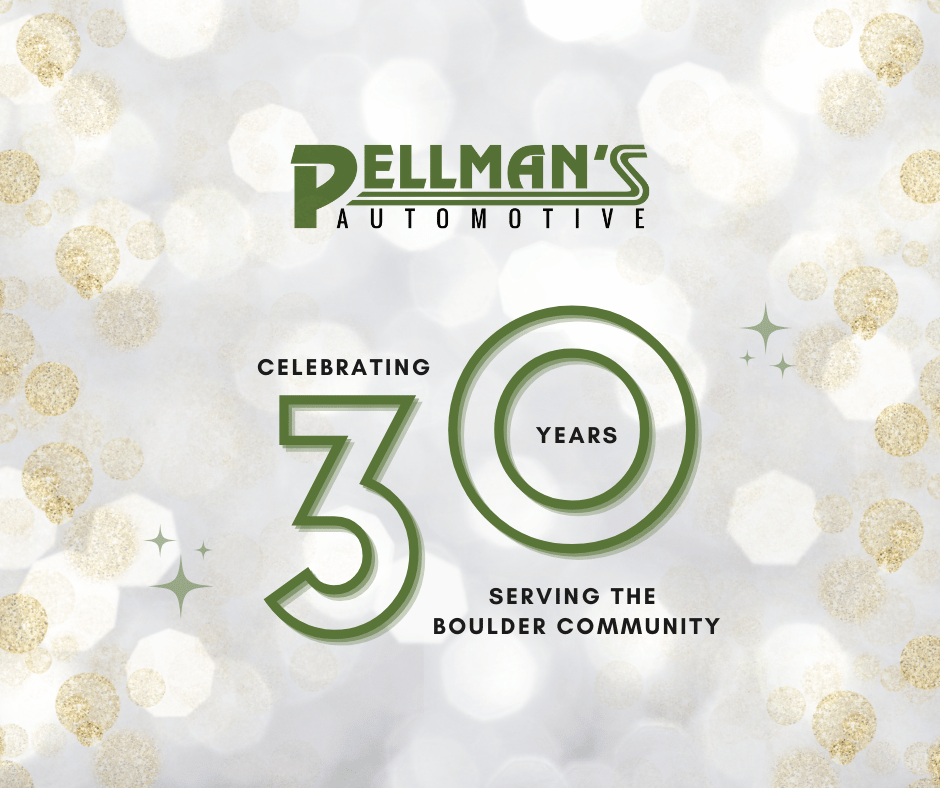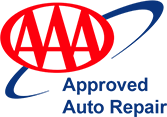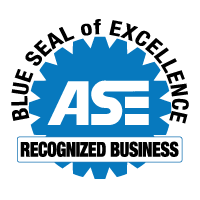5 Steps to a Perfect Car Wash & Wax
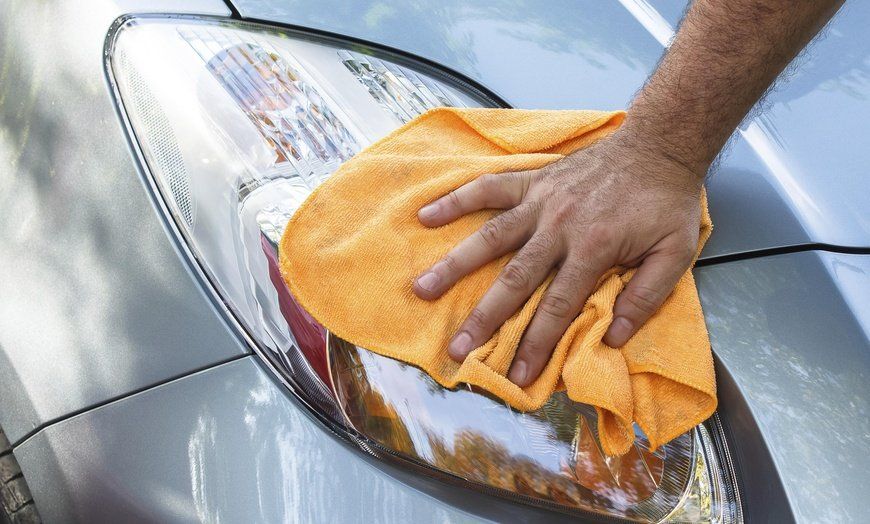
GENERAL TIPS:
- Wash your car in the shade when your engine is cool.
- Use cool water and detergent made for cars (it is gentler on your car finish.)
- Assemble all your supplies.
- If you are washing on a winter day, pick a warm one and wash the car as early in the day as possible to eliminate any chance of water freezing on your car (this applies to car washes and doing it yourself.)
- Wash your car on grass to prevent oil, gas and metals from polluting local water sources.
SUPPLIES:
- Bucket
- Car wash detergent
- Hose
- 2 Soft sponges or lambs wool mitt
- Chamois or soft towels for drying
- Wheel brush
- Special supplies (bug and tar remover, wax, tire shine, chrome polish)
STEPS TO A GREAT WASH
- Step 1: Spray down the whole car. If there are bugs or dried bird droppings and you do not want to use a bug and tar remover, set a wet soapy rag on the spot to loosen it up while you work on the rest of the car.
- Step 2: Clean the wheel wells and tires. Spray well; use your wheel brush and soapy water to scrub. Be sure to rinse the brush frequently to remove grit and small stones.
- Step 3: Starting on the top begin washing your car. Work in small sections using the sponge or mitt. Rinse continually, do not let soap dry on your car.
- Step 4: Towel dry your car working in long sweeping motions that follow the contours of the car body. High-grade silicone squeegees are available at some auto supply stores that effectively remove water and take less time than towel drying. Drying is important to prevent water spotting and streaking. Water with high mineral content will leave small deposits on your car finish.
- Step 5: Treat special areas as needed. Tires: Like shiny tires? Use a tire lubricant. These are for the sides of the tires only. Do not get them on the tire treads, your paint or the brake rotors. There are also products to whiten up the whitewalls. Hard dried bugs/tar: There are specialty products to remove them. Follow the instructions.
WAXING
- Protects your paint job by preventing oxidation. Oxidation causes paint to go flat and lose its shine. (Newer cars have a clear coat finish, which means the final coat of paint originally applied to your car was clear. Wax goes on top of this. Waxing on top of clear coat will not make your car any shinier but it will help protect the finish. Select a wax safe for clear coat.)
- Helps prevent small rust spots from developing. Remember water+dirt=rust. If not tended to small rust spots will always grow into bigger rust spots.
Tips for a good wax job:
- Wax your car right after it has been washed. Work in a shady spot. The temperature should be above 55 degrees.
- Work on a small section at a time starting on the top of the car. Apply the wax with an old, soft, clean rag. Work in small circles.
- Let the wax dry to a haze (usually takes less than a minute.) Use a separate cloth to polish off the dried wax.




